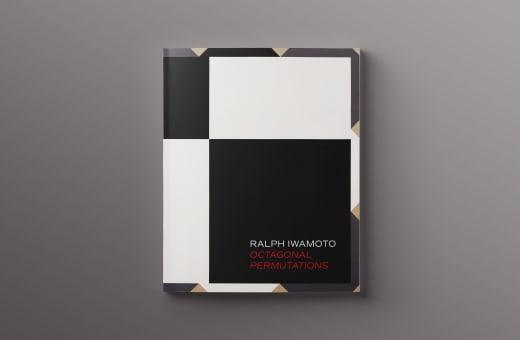West also shares an affinity with another eminent abstract expressionist, Richard Pousette-Dart (1916-1992), but it was Pollock who she admitted, “Came on the scene like a meteor—[h]ere everything was solved for me once and for all. He was the most immediate, violent, heroic, painterly and non-painterly—that anyone could be.” However, admiration does not imply mimicry. West’s swirling curlicues of paint in Mystic Energy from 1946 reverberate with Pollock’s work from the early 1940s yet she maintained her own brand of “lyric cubism” throughout that period.









